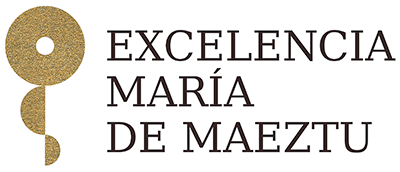A recent article by Luigi Minale and coauthors investigates the medium to long-term effects on refugee labour market outcomes of the temporary employment bans being imposed on asylum seekers in many countries. Using a newly collected dataset on employment restrictions together with individual data for refugees entering European countries between 1985 and 2012, their empirical strategy exploits the geographical and temporal variation in employment bans generated by their staggered introduction and removal coupled with frequent changes at the intensive margin. They find that exposure to a ban at arrival reduces refugee employment probability in post-ban years by 15%, an impact driven primarily by lower labour market participation. These effects are not mechanical, increase non-linearly in ban length and last up to 10 years post arrival. The detrimental effects of employment bans are concentrated among less educated refugees, translate into lower occupational quality, and seem not to be driven by selective migration. The causal estimates are robust to several identification tests accounting for the potential endogeneity of employment ban policies, including placebo analysis of non-refugee migrants and an instrumental variable strategy. Finally, the authors estimate a EUR 37.6 billion output loss from the bans imposed on asylum seekers who arrived in Europe during the so-called 2015 refugee crisis.
The paper titled “Lift the Ban? Initial Employment Restrictionsand Refugee Labour Market Outcomes” is co-authored with Francesco Fasani and Tommaso Frattini (both from University of Milan) and is published in the October 2021 issue of the Journal of the European Economic Association.
